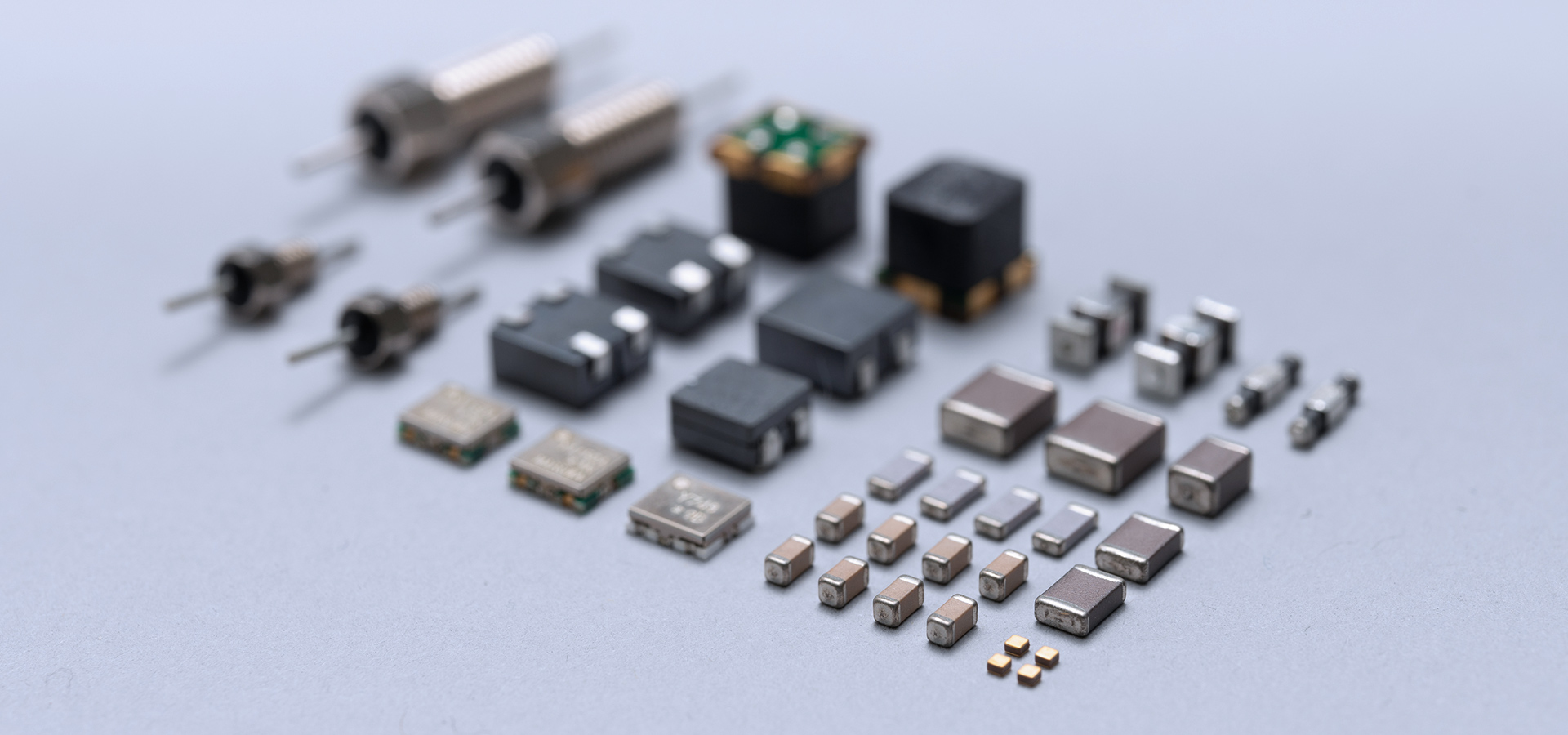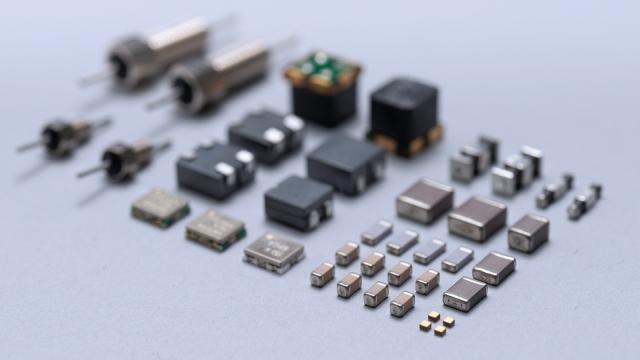
Welcome to the diverse realm of electronic components, where innovation and technology intersect to shape the modern world as we know it. These tiny building blocks play a crucial role in powering everything from our smartphones to the sophisticated machinery used in various industries. Whether you’re a tech enthusiast or a curious mind eager to delve into the intricacies of electronics, understanding electronic components is essential in unlocking a deeper appreciation for the devices that surround us daily. Let’s journey together as we unravel the fundamental aspects of electronic components, discovering the vital role they play in driving innovation across various sectors.
Types of Electronic Components
Electronic components are fundamental building blocks used in a wide array of devices, from smartphones to aerospace systems. They can be broadly categorized into two main groups: passive components and active components. Passive components, such as resistors and capacitors, do not require a power source to function and primarily manage the flow of electricity in a circuit. On the other hand, active components, like transistors and diodes, rely on a power source to amplify or control electrical signals. This differentiation is crucial in understanding the role each type plays in electronic systems.
Resistors are perhaps one of the most common types of passive electronic components. They limit the flow of electric current in a circuit, effectively resisting the flow. Capacitors, on the other hand, store and release electrical energy as needed, acting as temporary storage units for electric charge. These components are essential in regulating voltage levels and timing within electronic circuits, contributing to their overall functionality and stability.
Moving on to active components, transistors are key players in modern electronics, serving as amplifiers, switches, and signal modulators. They are capable of controlling the flow of electricity and are vital in digital logic circuits. Diodes, another important type of active component, allow current to flow in one direction only, making them essential for converting alternating current (AC) to direct current (DC) in power supplies and rectifiers. Their unique properties enable the efficient operation of various electronic systems.
Applications of Electronic Components
Electronic components find a wide range of applications in various industries, shaping the modern world. In the field of consumer electronics, these components are commonly used in devices such as smartphones, laptops, and televisions to enable functionality and connectivity.
Moreover, the automotive industry heavily relies on electronic components for vehicle systems such as engine controls, braking systems, and infotainment systems. These components play a crucial role in enhancing safety, performance, and overall driving experience.
Furthermore, in the healthcare sector, electronic components are essential in medical devices like heart monitors, MRI machines, and pacemakers. These components enable precise measurements, monitoring, and treatment, ultimately improving patient care and outcomes.
Future Trends in Electronic Components
With rapid advancements in technology, the future of electronic components looks promising. Miniaturization of components is a key trend, enabling devices to become smaller yet more powerful. This trend is driven by the demand for portable and wearable gadgets that require compact yet efficient components.
IGBT Module
Another trend shaping the future of electronic components is the increasing integration of artificial intelligence and machine learning capabilities. This integration allows components to adapt, learn, and optimize performance based on user behavior and environmental conditions. Expect to see smarter and more autonomous devices powered by these intelligent components.
Furthermore, the rise of sustainable practices is influencing the development of eco-friendly electronic components. Manufacturers are focusing on reducing energy consumption and minimizing electronic waste by utilizing recyclable materials and designing components with longevity in mind. This shift towards sustainability is set to revolutionize the electronic components industry in the coming years.
